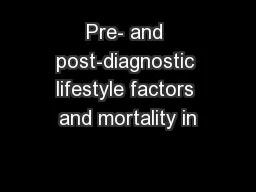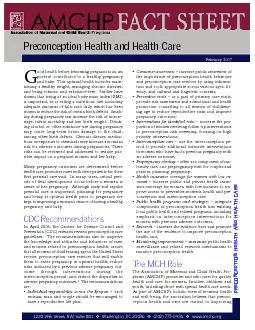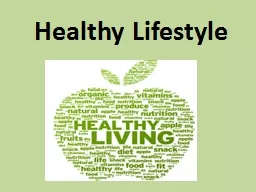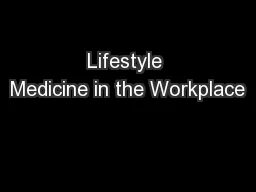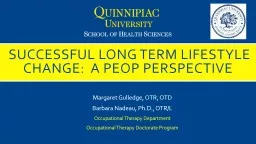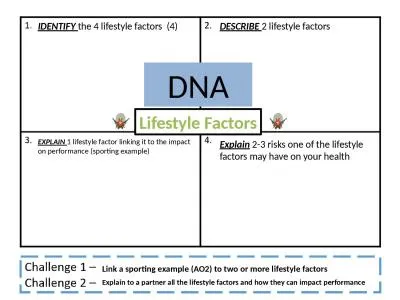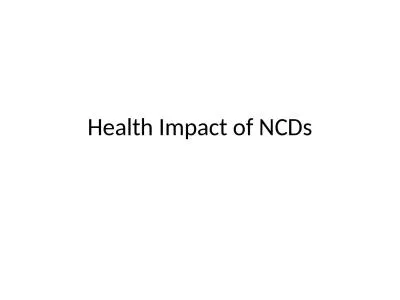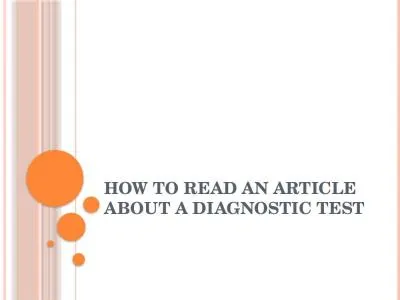PPT-Pre- and post-diagnostic lifestyle factors and mortality in
Author : conchita-marotz | Published Date : 2017-12-26
Mona Jeffreys School of Social and Community Medicine Breast cancer Most common cancer in women in UK Affects approximately 50000 women in UK each year 851 of patients
Presentation Embed Code
Download Presentation
Download Presentation The PPT/PDF document "Pre- and post-diagnostic lifestyle facto..." is the property of its rightful owner. Permission is granted to download and print the materials on this website for personal, non-commercial use only, and to display it on your personal computer provided you do not modify the materials and that you retain all copyright notices contained in the materials. By downloading content from our website, you accept the terms of this agreement.
Pre- and post-diagnostic lifestyle factors and mortality in: Transcript
Download Rules Of Document
"Pre- and post-diagnostic lifestyle factors and mortality in"The content belongs to its owner. You may download and print it for personal use, without modification, and keep all copyright notices. By downloading, you agree to these terms.
Related Documents

